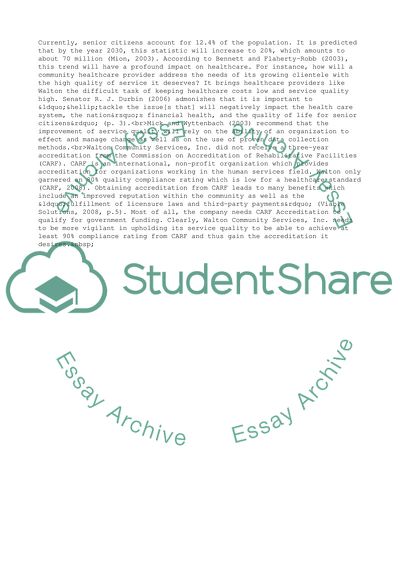Cite this document
(Quality Initiatives & Standards in a Community Services Program Case Study, n.d.)
Quality Initiatives & Standards in a Community Services Program Case Study. Retrieved from https://studentshare.org/management/1727566-research-utilization-project-improviing-standards-of-service-within-a-medicaid-community-services-program
Quality Initiatives & Standards in a Community Services Program Case Study. Retrieved from https://studentshare.org/management/1727566-research-utilization-project-improviing-standards-of-service-within-a-medicaid-community-services-program
(Quality Initiatives & Standards in a Community Services Program Case Study)
Quality Initiatives & Standards in a Community Services Program Case Study. https://studentshare.org/management/1727566-research-utilization-project-improviing-standards-of-service-within-a-medicaid-community-services-program.
Quality Initiatives & Standards in a Community Services Program Case Study. https://studentshare.org/management/1727566-research-utilization-project-improviing-standards-of-service-within-a-medicaid-community-services-program.
“Quality Initiatives & Standards in a Community Services Program Case Study”, n.d. https://studentshare.org/management/1727566-research-utilization-project-improviing-standards-of-service-within-a-medicaid-community-services-program.


